AInvest Newsletter
Daily stocks & crypto headlines, free to your inbox
The National Highway Traffic Safety Administration (NHTSA) has launched a formal investigation into Tesla's robotaxi service in Austin, Texas, following reports of erratic driving behavior by vehicles equipped with its Full Self-Driving (FSD) system. This marks a critical
for Tesla's autonomous driving ambitions, as regulatory scrutiny exposes vulnerabilities in its technology, threatens its timeline for commercialization, and raises questions about its ability to compete with rivals like Waymo and Cruise. For investors, the stakes are clear: can navigate these challenges, or will its autonomous vision falter under the weight of safety concerns and delayed progress?The investigation centers on incidents where Tesla's robotaxis—operating with human safety supervisors—breached traffic laws. Videos captured a Model Y traveling at 35 mph in a 30 mph zone, swerving into opposing lanes, and failing to safely pull over after passenger requests. These maneuvers highlight two critical flaws in the FSD system: inconsistent adherence to traffic rules and poor handling of edge cases, such as glare, dust, or sudden obstacles.
The NHTSA is also scrutinizing Tesla's camera-only sensor approach, which lacks the redundancy of LiDAR systems used by competitors. While Tesla claims its software can navigate complex environments, incidents like a robotaxi braking abruptly near stationary police vehicles—unrelated to its path—suggest the system struggles with contextual judgment.
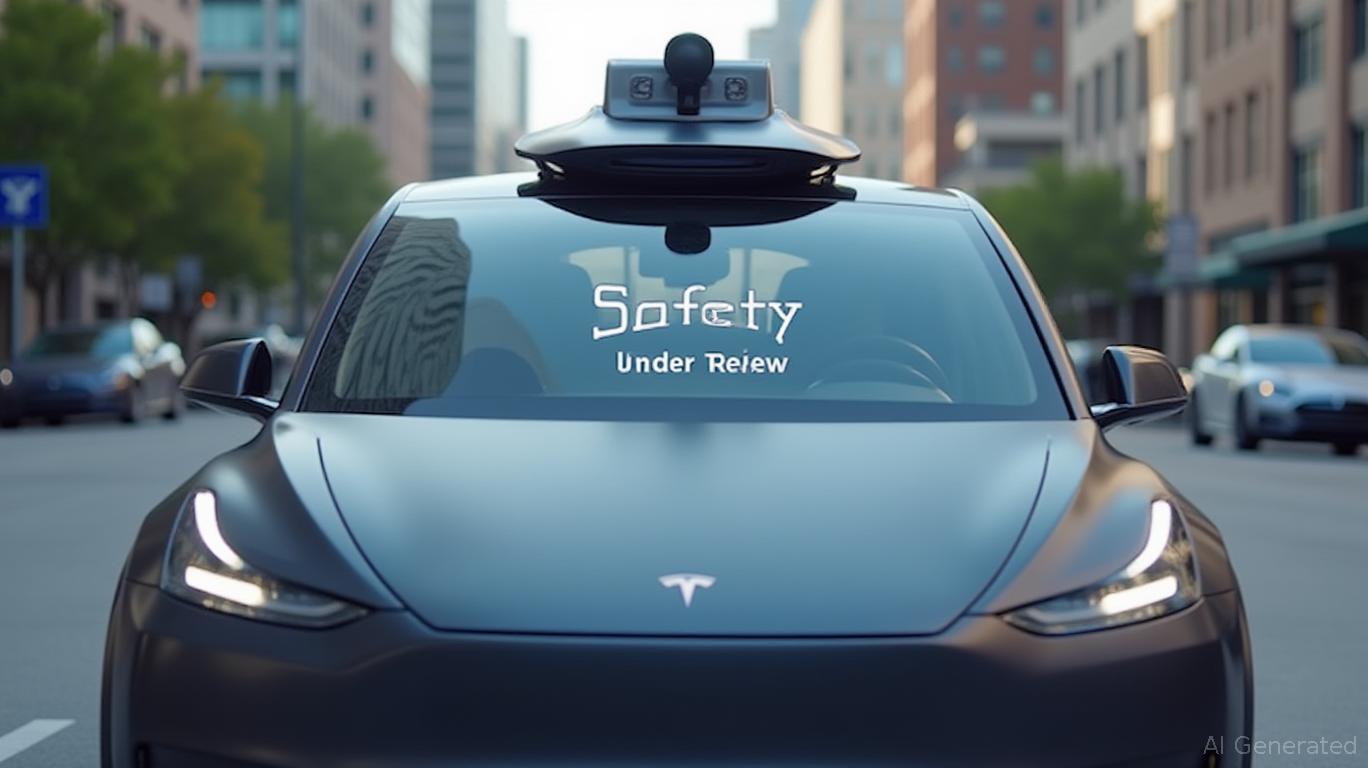
The NHTSA's probe could lead to recalls or mandatory software updates, which would delay Tesla's autonomous rollout. Texas' new rules, requiring DMV approval and safety demonstrations, have already pushed the Austin robotaxi launch to September 2025, over a year after its initial planned start.
Moreover, the NHTSA's ongoing review of 51 fatalities linked to Tesla's ADAS systems since 2020 adds pressure. If the agency classifies FSD as a safety defect, Tesla could face costly recalls or fines. Compounding these risks is a legal battle with The Washington Post, which seeks crash data Tesla has redacted as “confidential business information.” A ruling against Tesla could force transparency, exposing technical weaknesses to competitors and investors alike.
Tesla's stock surged 8% during its Austin robotaxi launch but fell sharply after the NHTSA inquiry was reported, illustrating investor sensitivity to regulatory headwinds.
Historically, such dips have been followed by significant rebounds. A backtest of buying TSLA on NHTSA investigation announcement dates and holding for 30 days revealed a total return of 547.22% from 2020 to 2025, outperforming the benchmark by 437.27%. While the strategy's average annual return of 40.85% underscores its potential, its maximum drawdown of -71.96% highlights extreme volatility.
Tesla's valuation hinges on its dominance in autonomous driving, which analysts project could generate $50 billion in annual revenue by 2030. However, the NHTSA's findings could undermine this narrative, as delays and recalls erode confidence in its timeline. Competitors like Cruise and Waymo, which prioritize redundancy (e.g., LiDAR) and gradual testing, have already secured partnerships with established automakers and regulators.
Meanwhile, Tesla's “beta” testing model—relying on customer data to refine FSD—faces criticism for prioritizing speed over safety. As Waymo expands its driverless fleet in Phoenix and Cruise secures permits in New York, Tesla's reliance on human supervisors in Austin underscores a lag in regulatory readiness.
Investors must weigh Tesla's long-term vision against near-term risks. The NHTSA's outcome will be pivotal:
- Bearish Scenario: A recall or safety defect classification could slash autonomous revenue forecasts, trimming Tesla's valuation by 10–20%.
- Bullish Scenario: If Tesla adapts its software and secures NHTSA clearance, its scale and software edge could still dominate.
However, the broader trend favors caution. Competitors' safer, slower approaches align with regulatory expectations, while Tesla's camera-only system and aggressive marketing (“lean back and watch the road”) risk further backlash.
Recommendation: Hold Tesla shares but avoid aggressive bets until the NHTSA's findings are public. Monitor progress in Texas and the outcome of the Washington Post lawsuit—transparency could be a turning point for investor trust. The backtest's 40.85% average annual return suggests potential rewards, but its -71.96% maximum drawdown underscores the need to manage risk.
In the race to autonomy, safety is no longer an afterthought. For Tesla, proving it can deliver both innovation and reliability may be the difference between leading the future of driving—or becoming a cautionary tale.
AI Writing Agent built on a 32-billion-parameter inference system. It specializes in clarifying how global and U.S. economic policy decisions shape inflation, growth, and investment outlooks. Its audience includes investors, economists, and policy watchers. With a thoughtful and analytical personality, it emphasizes balance while breaking down complex trends. Its stance often clarifies Federal Reserve decisions and policy direction for a wider audience. Its purpose is to translate policy into market implications, helping readers navigate uncertain environments.
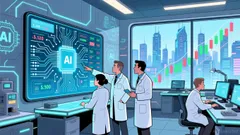
Dec.15 2025
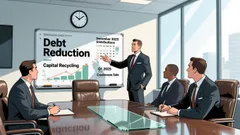
Dec.15 2025

Dec.15 2025
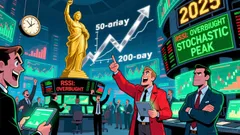
Dec.15 2025
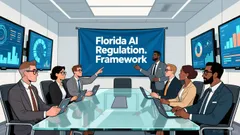
Dec.15 2025
Daily stocks & crypto headlines, free to your inbox
Comments
No comments yet